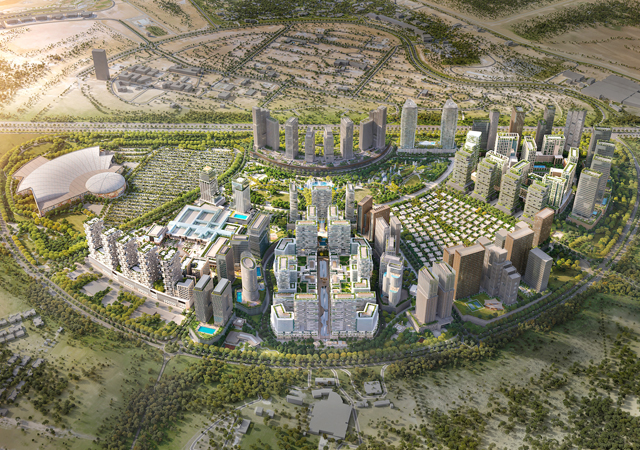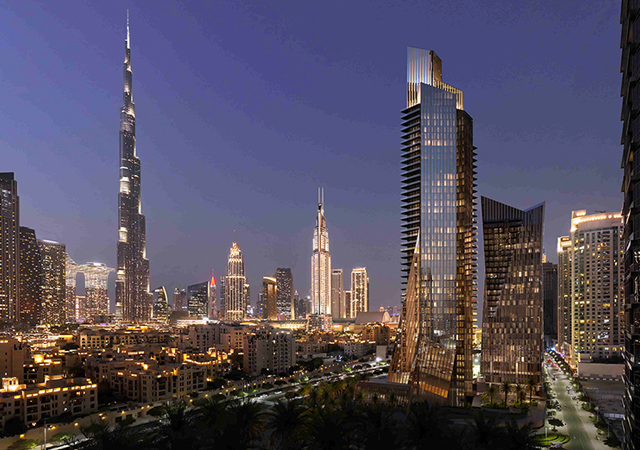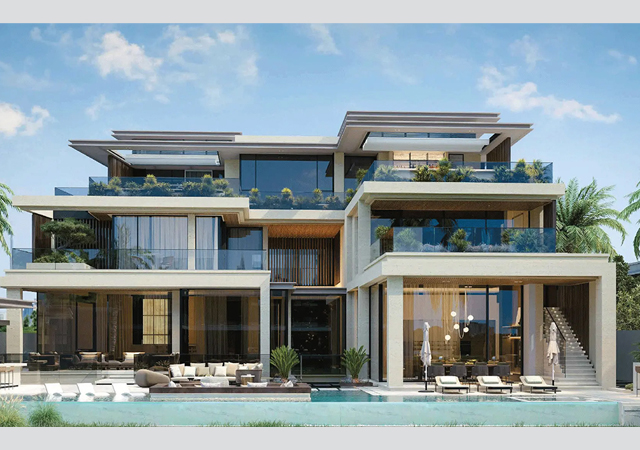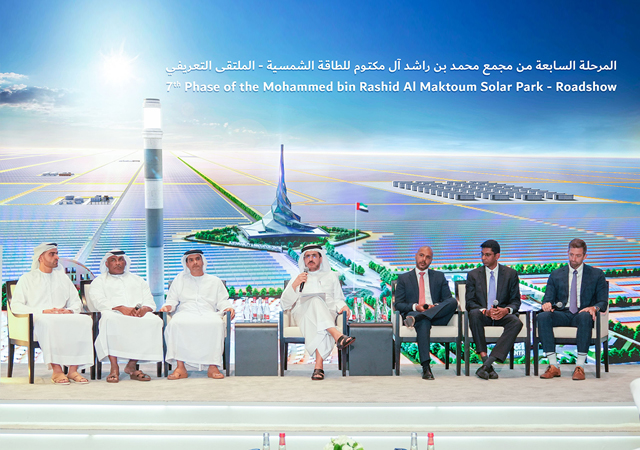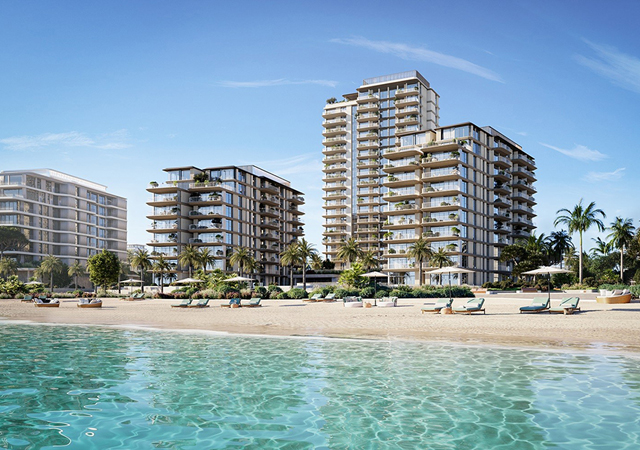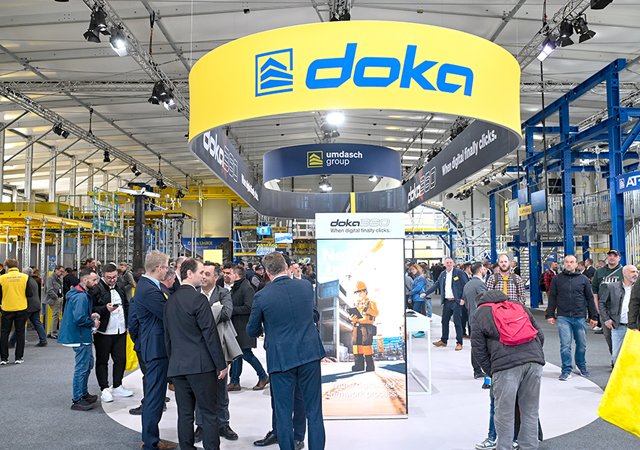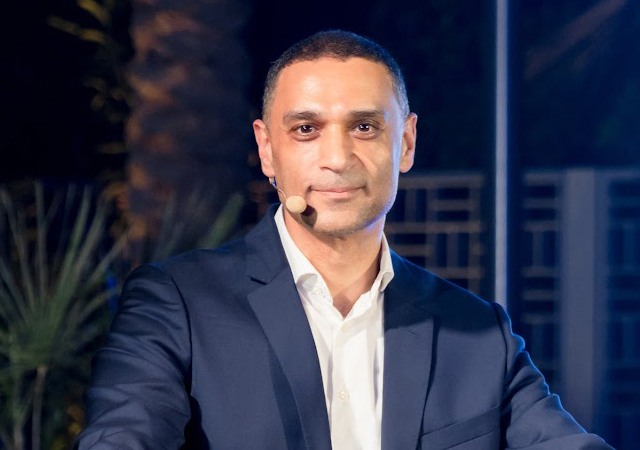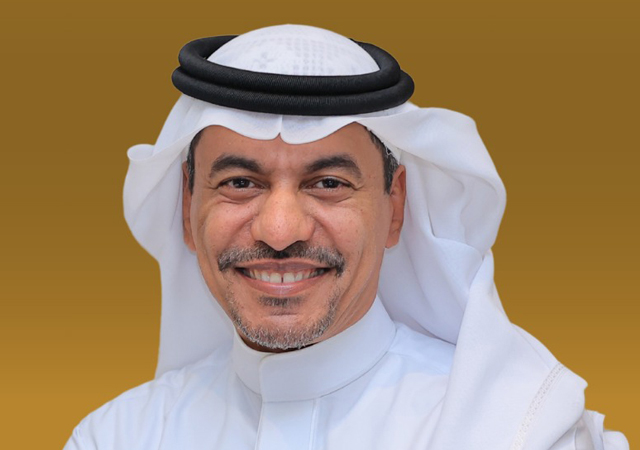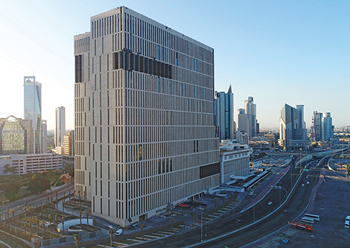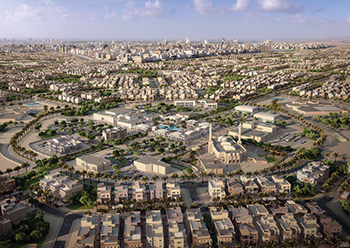
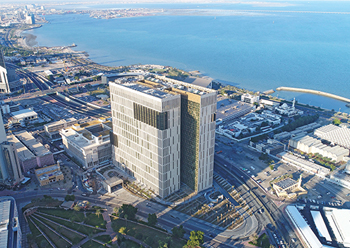 The new Palace of Justice ... a key ongoing project for Pace.
The new Palace of Justice ... a key ongoing project for Pace.
Please comment on the state of Kuwait’s construction sector and what are your projections for 2023-24?
Despite a decrease in both momentum and spend over the past couple of years, the forecast for Kuwait’s construction industry in the coming years is bright, with expectations for it to register an annual growth of three to four per cent up until 2026. The programmes established by the Kuwaiti government to support the development of economic zones, transport infrastructure, and renewable energy are all but guaranteed to revive and bolster the construction industry. Moreover, the country is planning a series of ‘logistic cities’ which will help in attracting foreign investments into the construction sector.
We fully expect the government to spend more on vital infrastructure projects across the board in the coming years, with a focus on diversified project portfolios that deliver on the functional and economic needs of Kuwait’s growing population on the one hand, and its growing commercial aspirations on the other. Commercial construction remains one of the main focal points in the construction sector, which includes leisure and hospitality buildings, office complexes, outdoor facilities, and retail buildings. Another key focus for growth is infrastructure construction – such as rail and road infrastructure – as this remains a priority for the state. Beyond that, we are seeing major educational and healthcare projects taking on more importance than ever before – alongside the more traditional areas of focus such as energy and industry.
I believe that plans are robust and diverse – and we expect a lot of movement in the upcoming years.
 |
|
Shuaib ... plans are robust and diverse. |
What can be done to give a push to the real estate and construction sectors in Kuwait?
The real estate sector in Kuwait is currently going through a stagnation phase due to many factors. Firstly, there is a huge rise in real estate prices in various regions of the country, which makes them out of reach for many people. Secondly, with the continuation of the rise of interest rates around the world, investors are waiting for a clearer vision of the global economy. It is expected that this will continue till the end of the year and most likely into next year. But as the dust settles, and a clear horizon appears, things are bound to change locally and globally.
With regard to construction, the industry’s advancement must see a continuation of support by governmental initiatives to promote fast-track economic reforms as well as diversify the economy away from its dependence on hydrocarbons. The Kuwaiti government’s programmes should include more development of transport and renewable energy infrastructure, industrial construction, and others. More subsidies for projects, higher government investment in major capital projects, extensions on loan terms and limits, and even the loosening up of foreign investment regulations and ownership on land in the real estate sector – these are all factors that will help majorly boost both sectors.
The New Kuwait 2035 plan was unveiled in 2017. Comment on the plan and progress achieved since its launch.
The plan to diversify the Kuwaiti economy away from oil dependency, and sustainably evolve it, as well as to boost inbound tourism in the country, is a highly ambitious one. Although progress was slow in the beginning, the country is gaining momentum and seeing major milestones start to take shape across all sectors. As the government looks to cater to the growing needs of its citizens, and vastly reinforce the economy and sustainably evolve it, I am hopeful for what is to come in Kuwait’s near and far future.
Is Pace playing a role in projects unveiled under this development blueprint?
Since its inception in 1968, Pace has been a key partner in the Kuwaiti government’s projects. The company played an integral part in the development of Kuwait and even the wider GCC region. The 2035 strategy is no exception to such a role. Pace is working on multiple projects that drive economic development and shape the architectural landscape across the region. This includes schools, hospitals, governmental buildings, infrastructure projects, economic zones and cities, and more. Some of our most notable recent development projects include the New Jahra Hospital, Road 166 and 167, the new Palace of Justice (see Page 16), and the Government Court Complexes (Jahra, Hawalli, Farwaniya, etc.) We are also working alongside our partners in the private sector on various megaprojects that deliver on the government’s plans for economic diversification and sustainable growth. This includes many major commercial, residential, hospitality and leisure projects across the map, with many more to come.
What is the status of the Kuwait Metro and railway plan?
The Terms of Reference for the railway connecting Kuwait to the GCC network is out for design at the moment, and should be returned this month (April). It is anticipated that design activities are to start in late 2023. The right of way for the railway project have been allocated. With a cost of $7 billion, the funding distribution, whether public, private and PPP, is yet to be finalised.
As a leader in the industry, what key changes do you anticipate in Kuwait in the next five years?
I believe we will witness a lot of changes in the sector, and it is certain that the coming years will carry positive news for the market, especially as it is a major one and enjoys great focus from the government and private investment circles. Transformation will include a turn towards digitalisation, and a change in the interface with the public. There will also be an increase in the work of the construction and contracting industries. there will also be a major focus on sustainability in projects, on their environmental impact and on reducing their carbon footprint. A basic goal of the 2035 Vision of course is reducing energy demand and carbon emissions.
Anything else you would like to add about Kuwait’s construction sector and Pace?
As I’ve said, we’ve always considered ourselves partners in development – taking a proactive role to elevating Kuwait’s architectural landscape. With Kuwait’s ambitious plans in place, we are excited to continue to deliver quality work and sustainable value to our community.


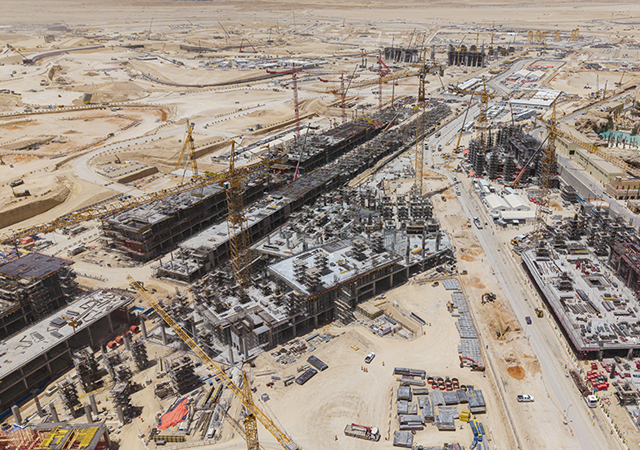
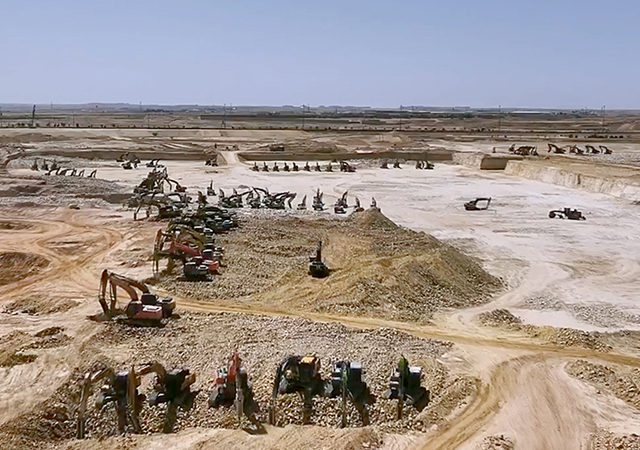
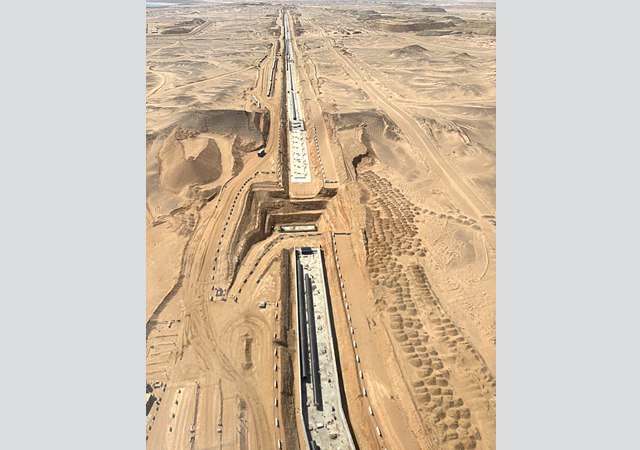

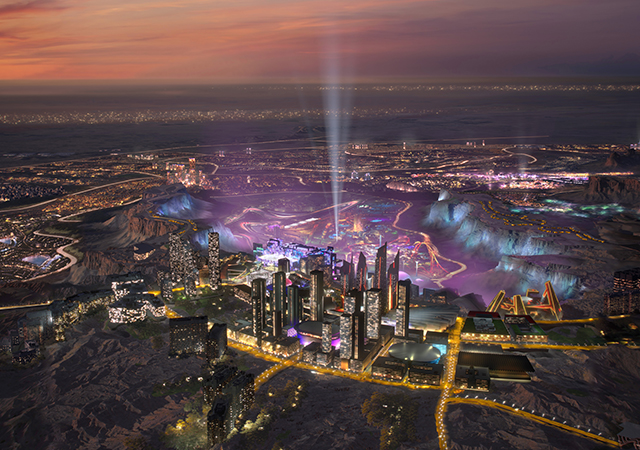
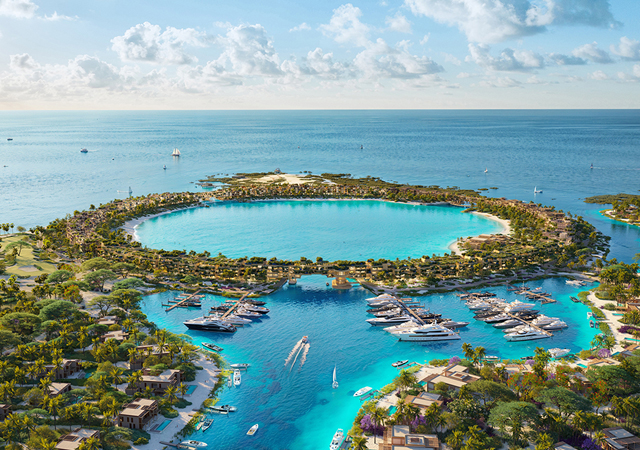
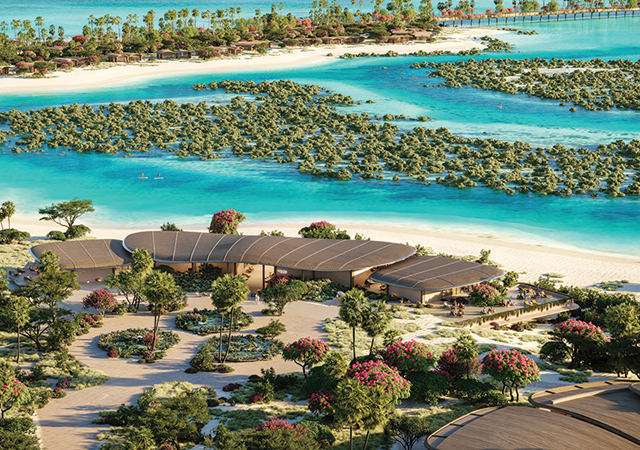

 BIG.jpg)
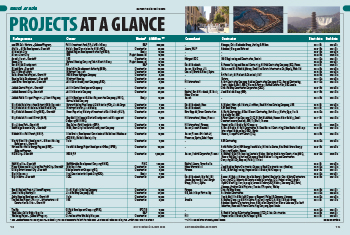
.jpg)
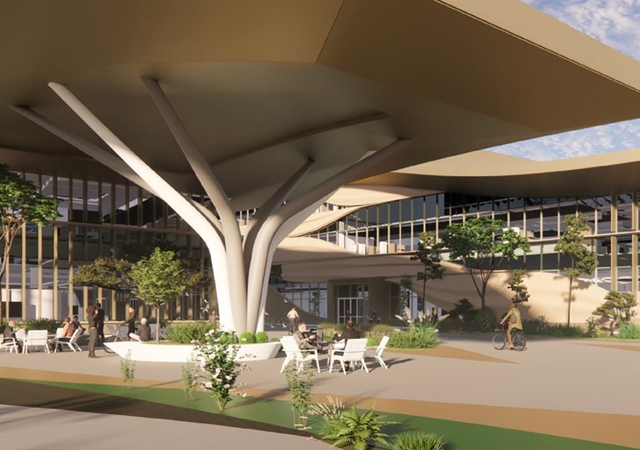

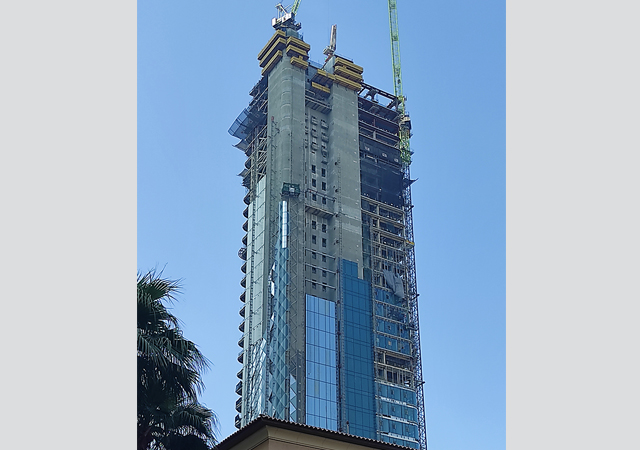

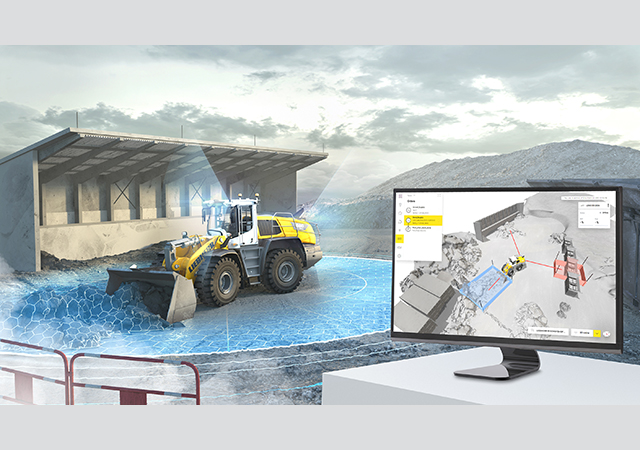

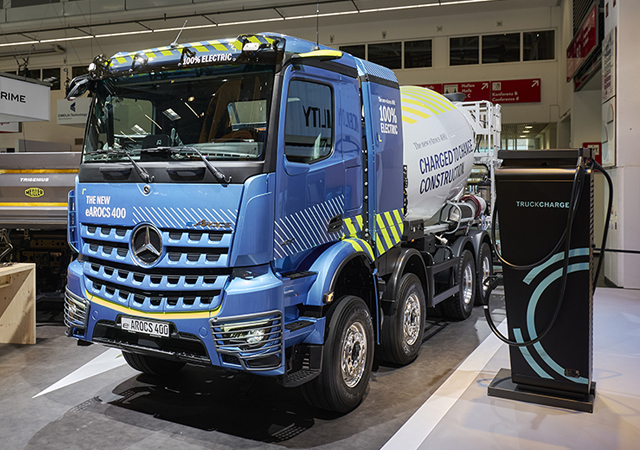






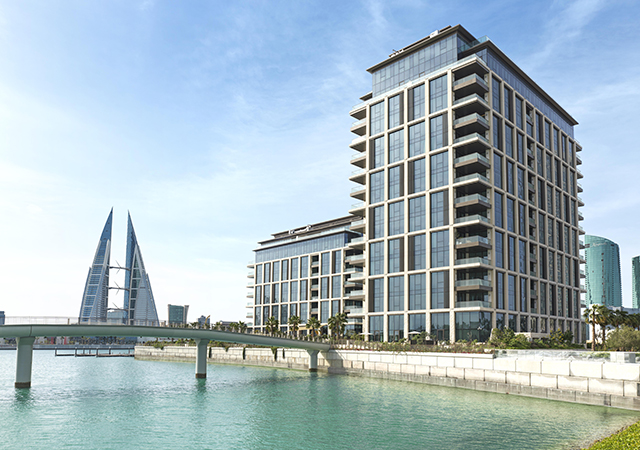


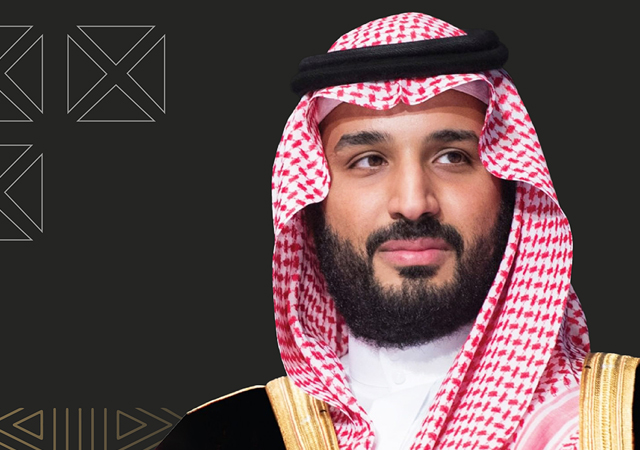
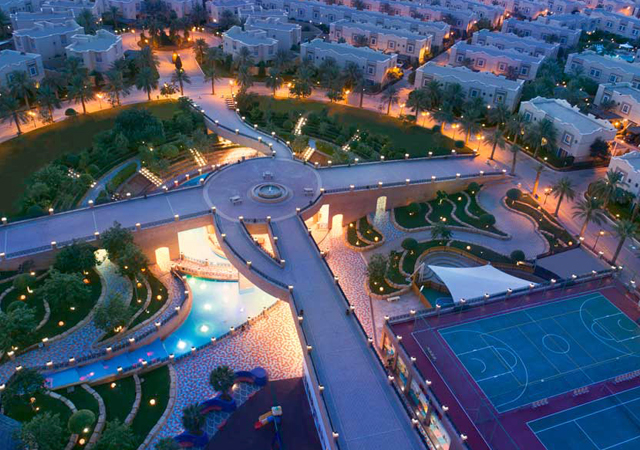
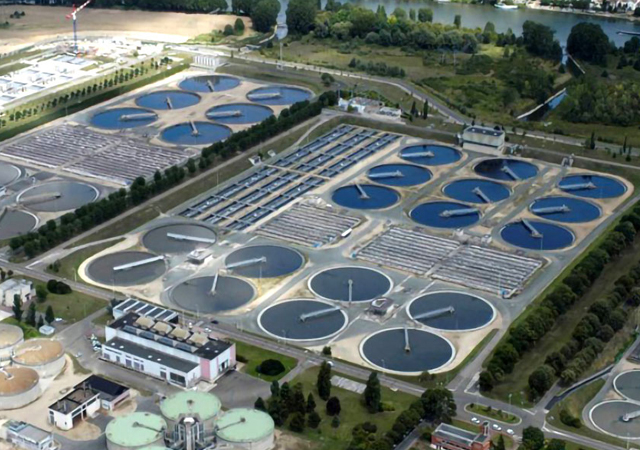
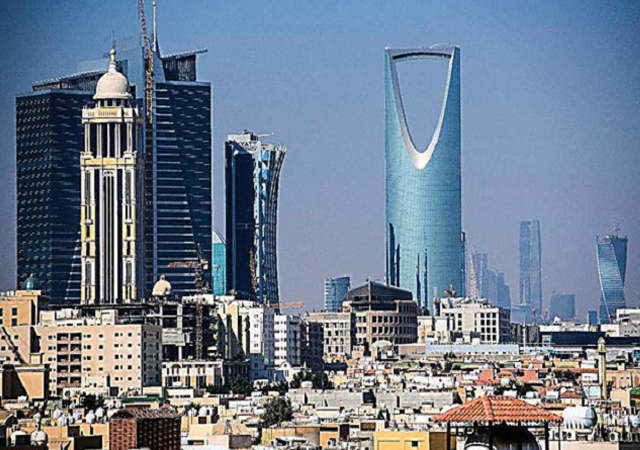
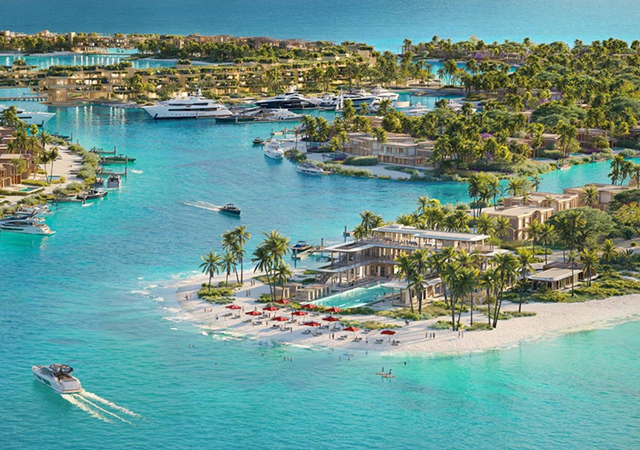
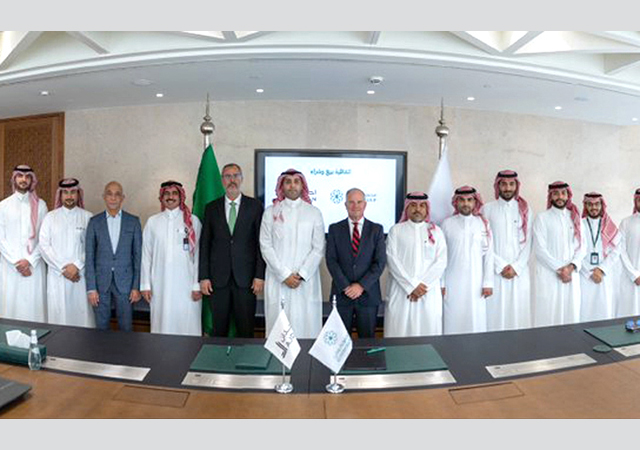
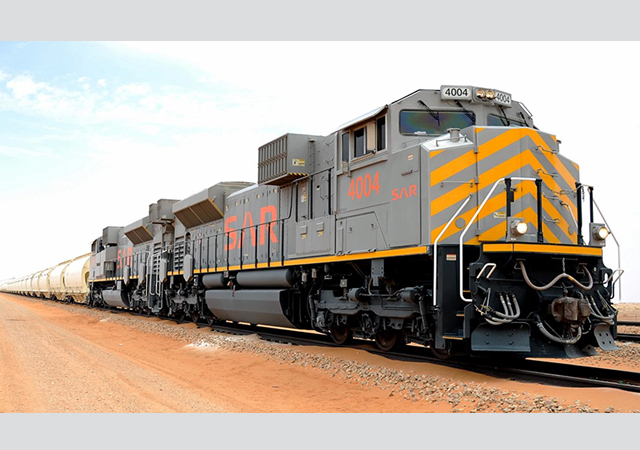
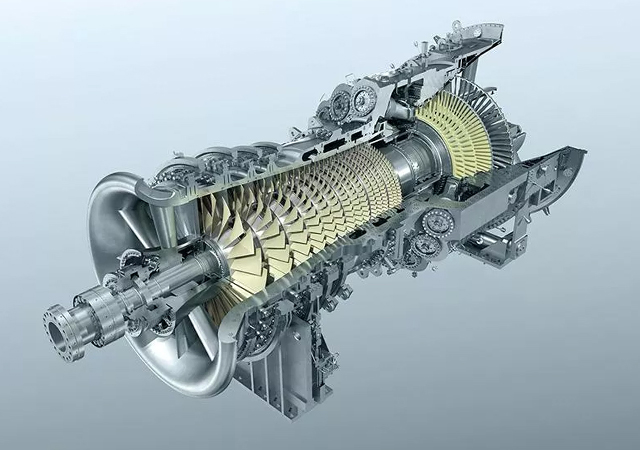
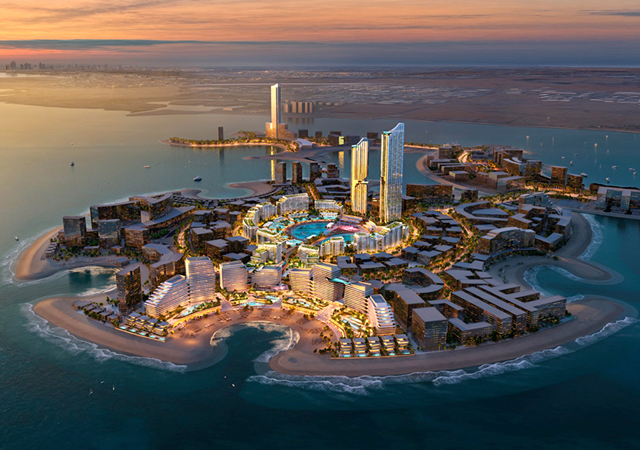
.jpg)
